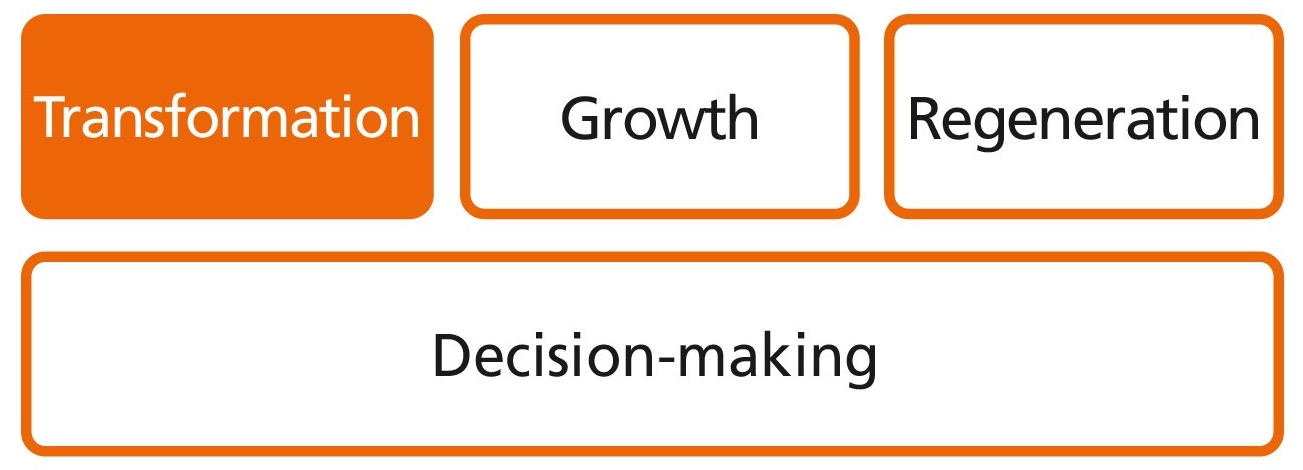Where is this use of data already being applied?
The sporting goods manufacturer Adidas uses data analysis to promote gender parity within the company. The results are incorporated into recruiting and strategies for attracting new male or female employees.
Medical technology company Heidelberg Engineering uses Personio software to automate previously manual recruiting processes. The advantages lie primarily in the central database. This means that application documents can be easily accessed internally from various locations, which speeds up processing. The company has seen a time saving in recruiting of around 20 percent.
The Swedish municipality of Linköping uses data to pre-select applications. The applications are scanned automatically. Data analysis is used to make automatic pre-selections and send invitations for personal interviews.
The online mail order company Amazon trains algorithms with data from previous hires of new employees. New applications are automatically pre-screened based on criteria identified as relevant.



